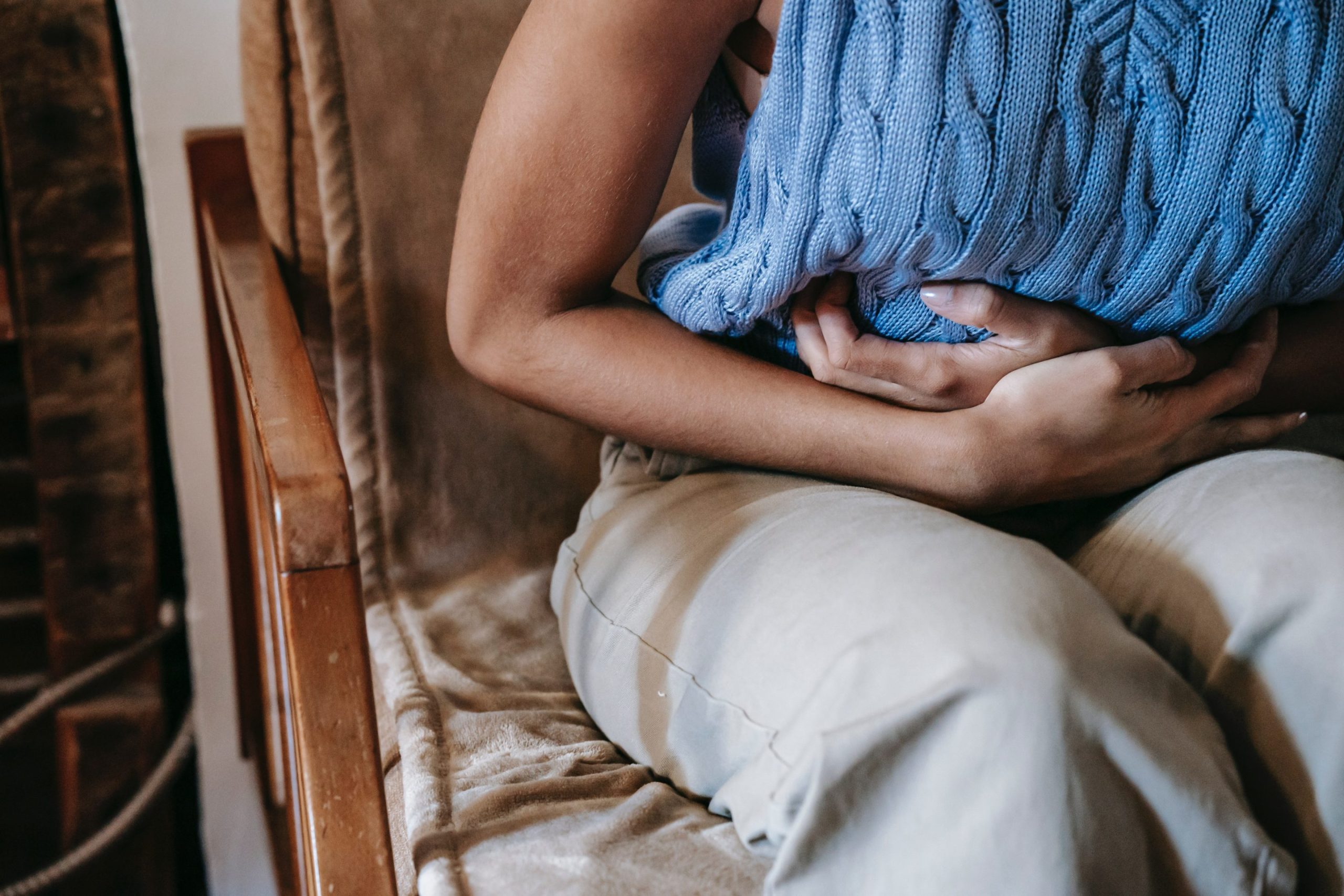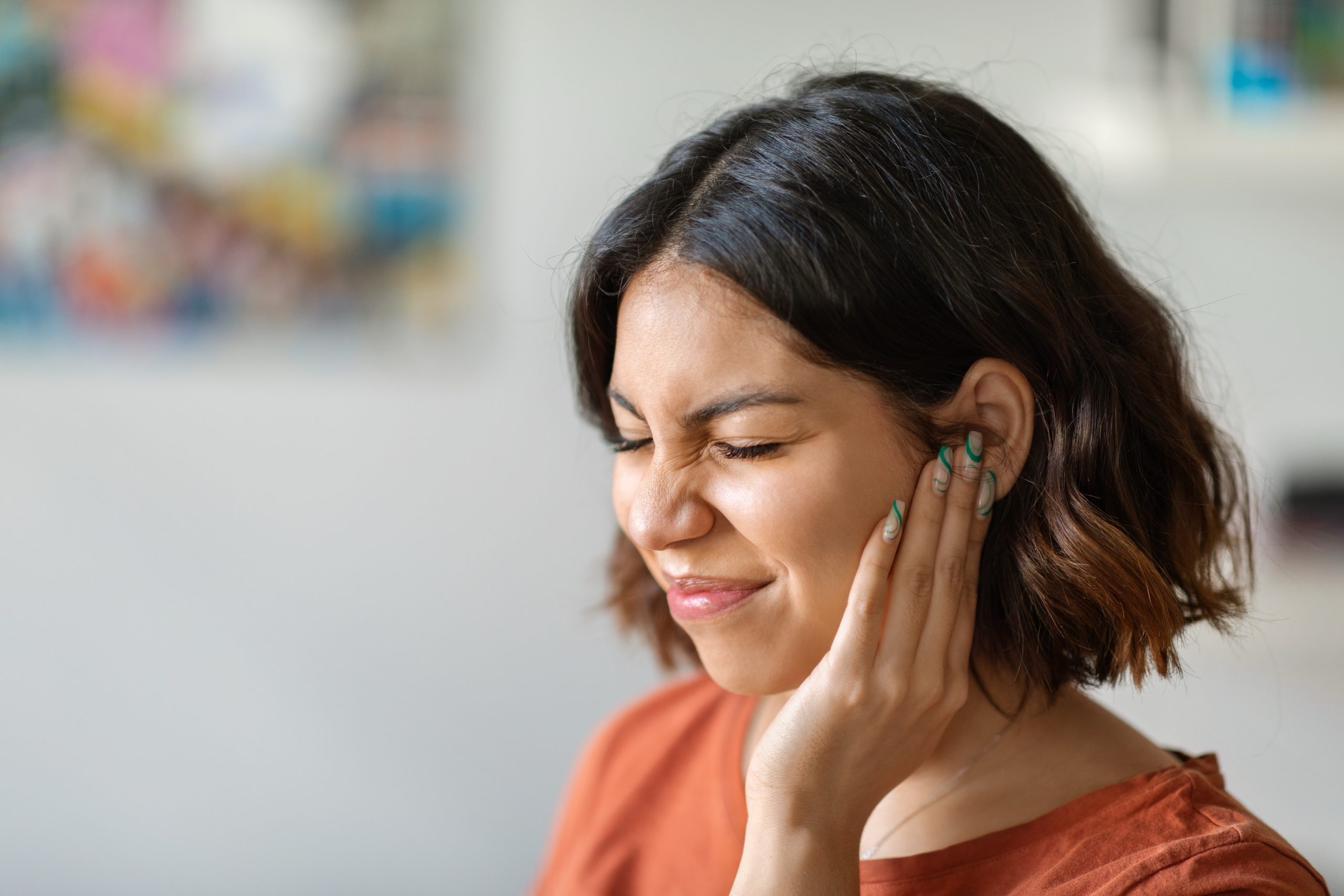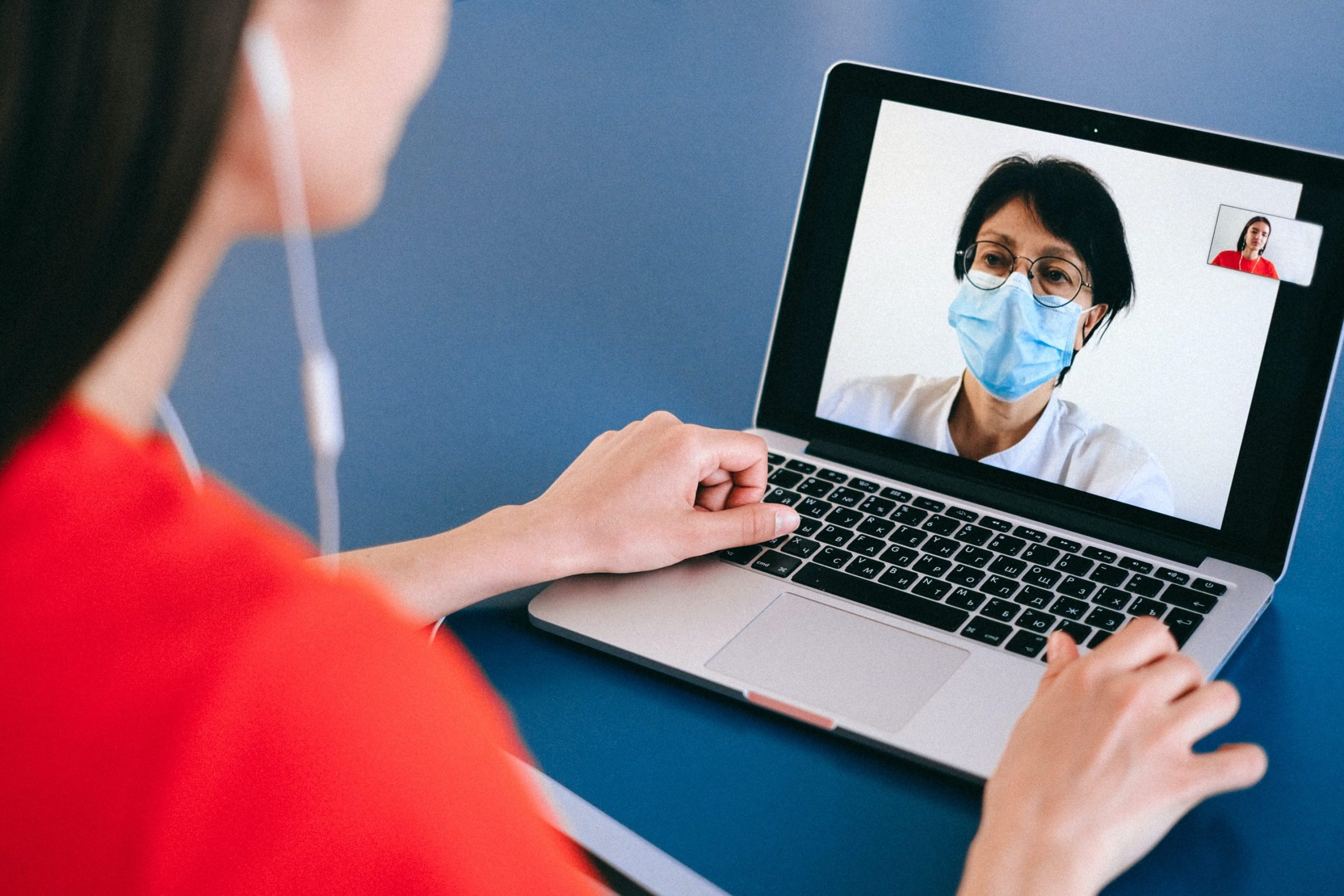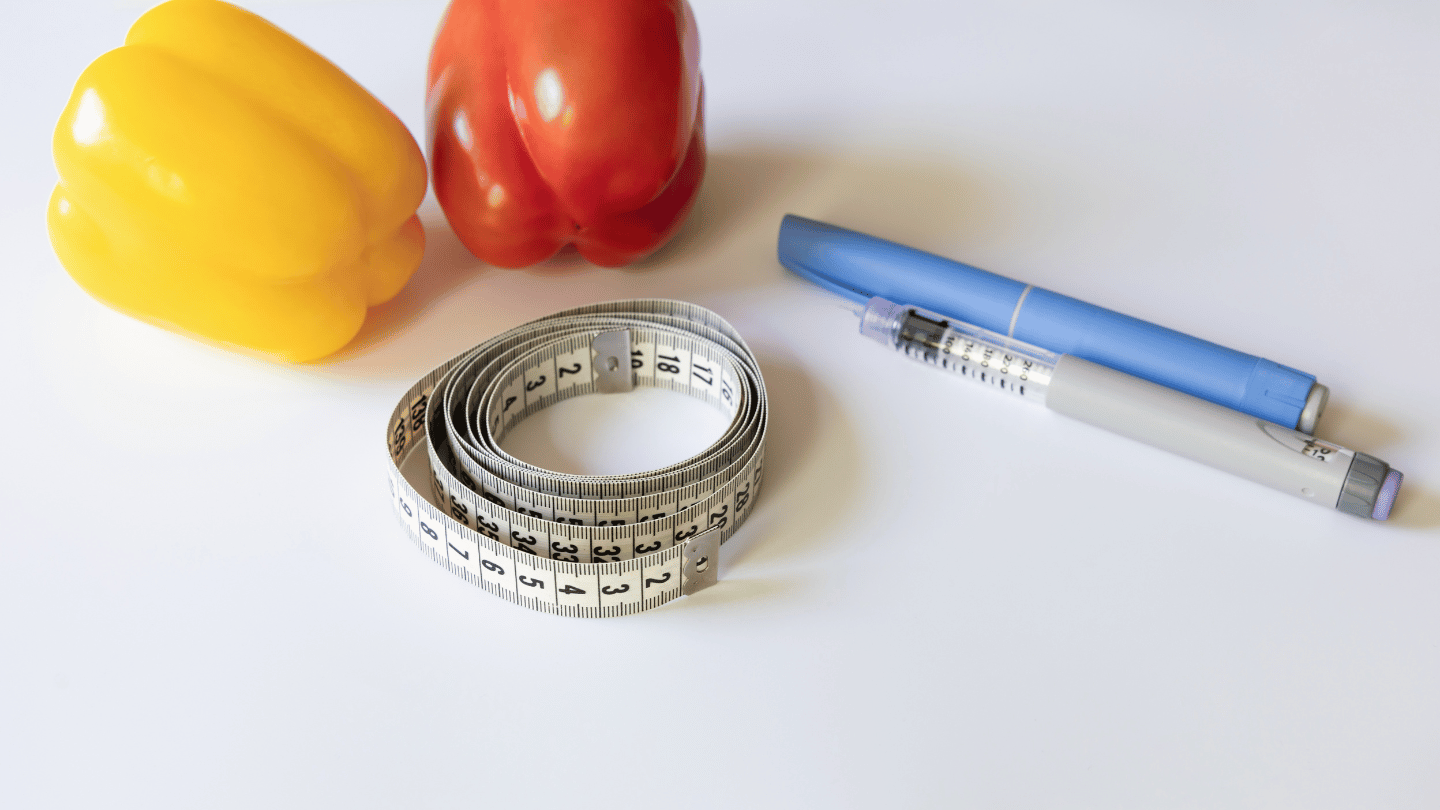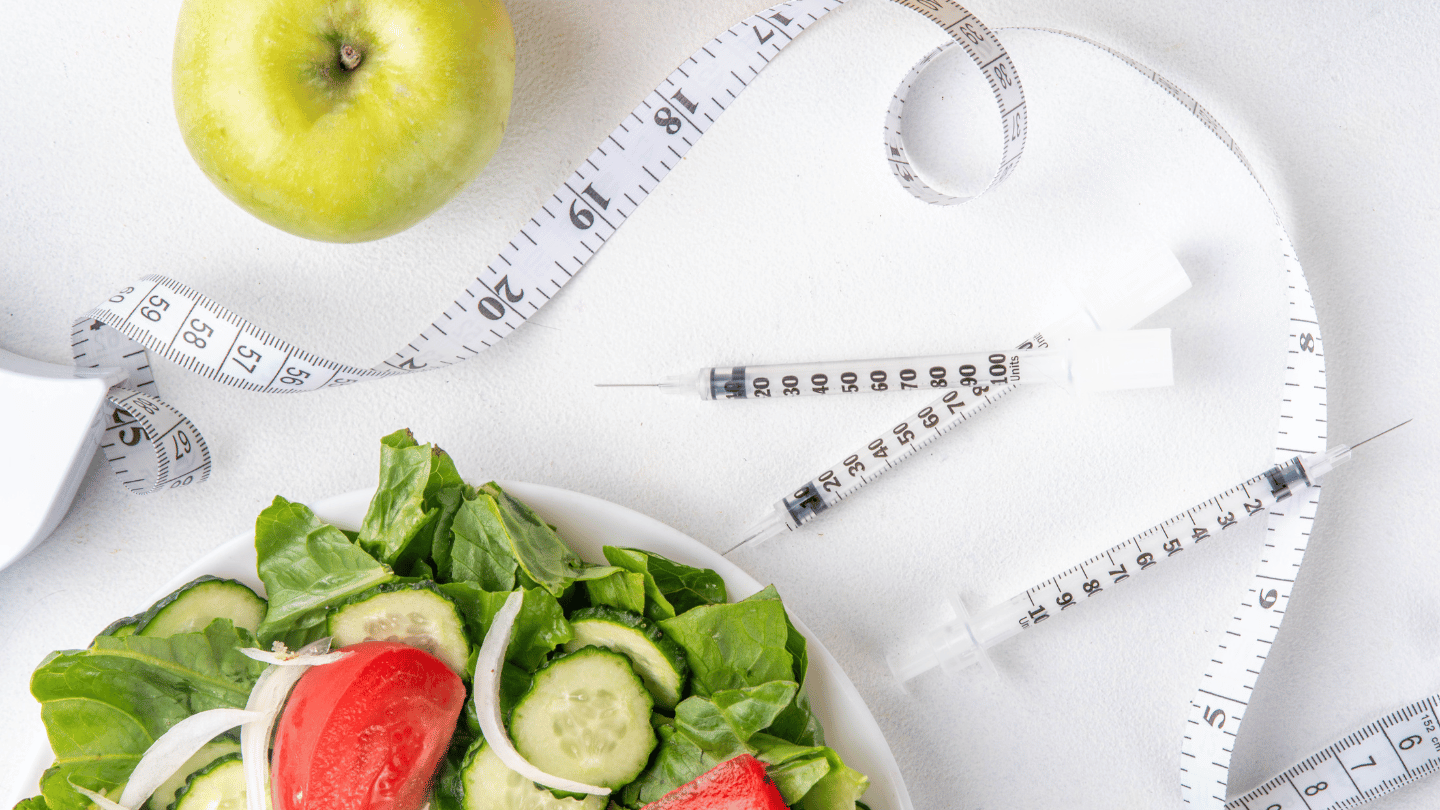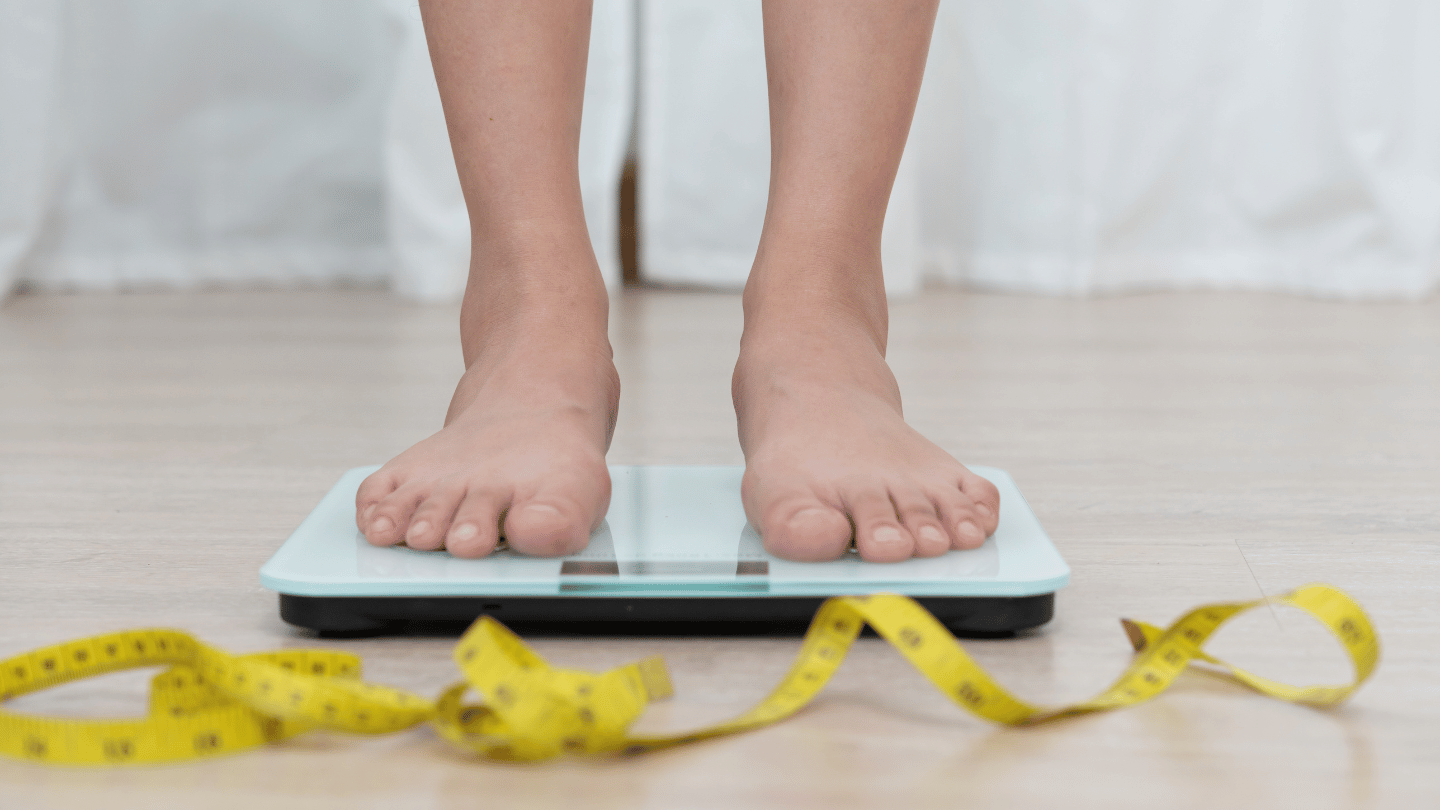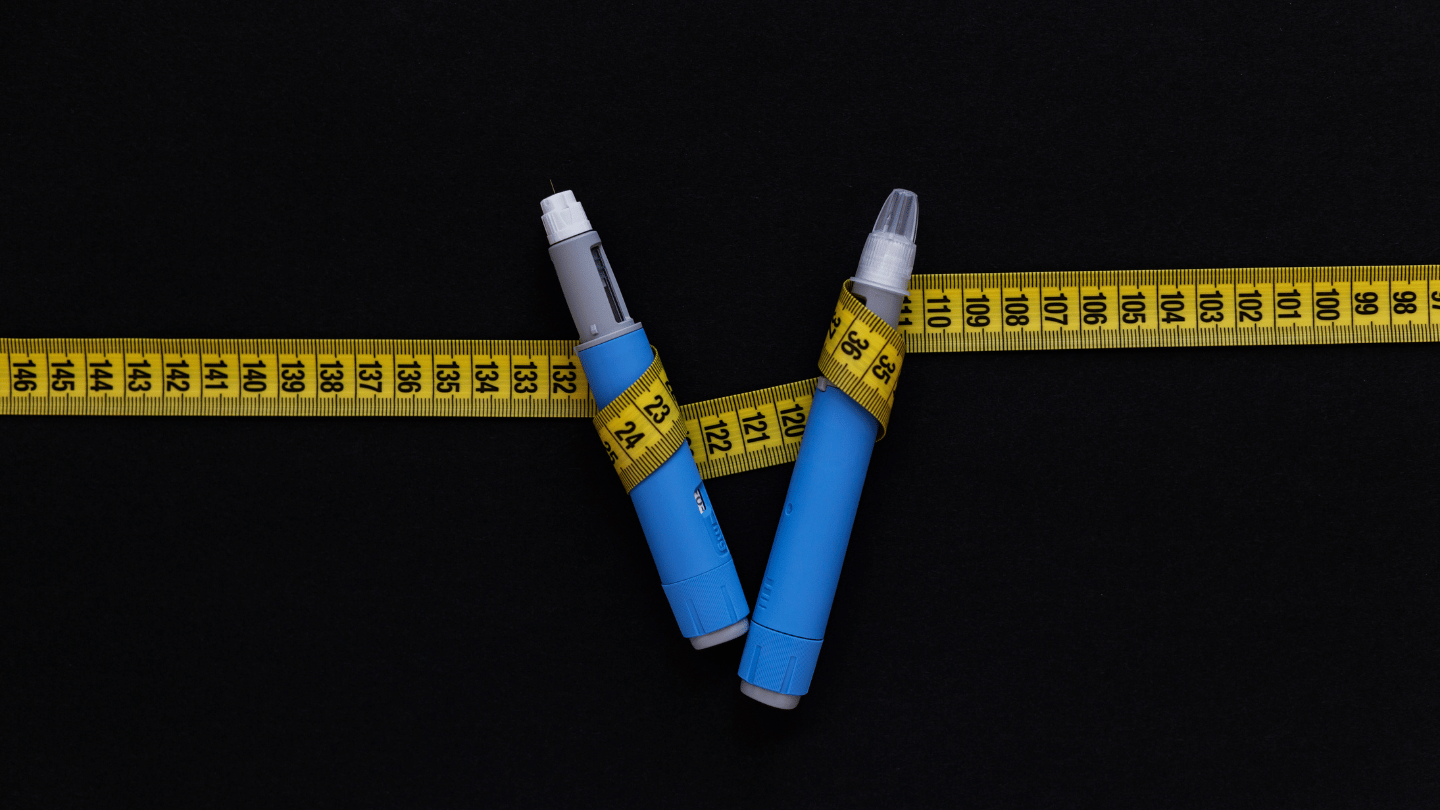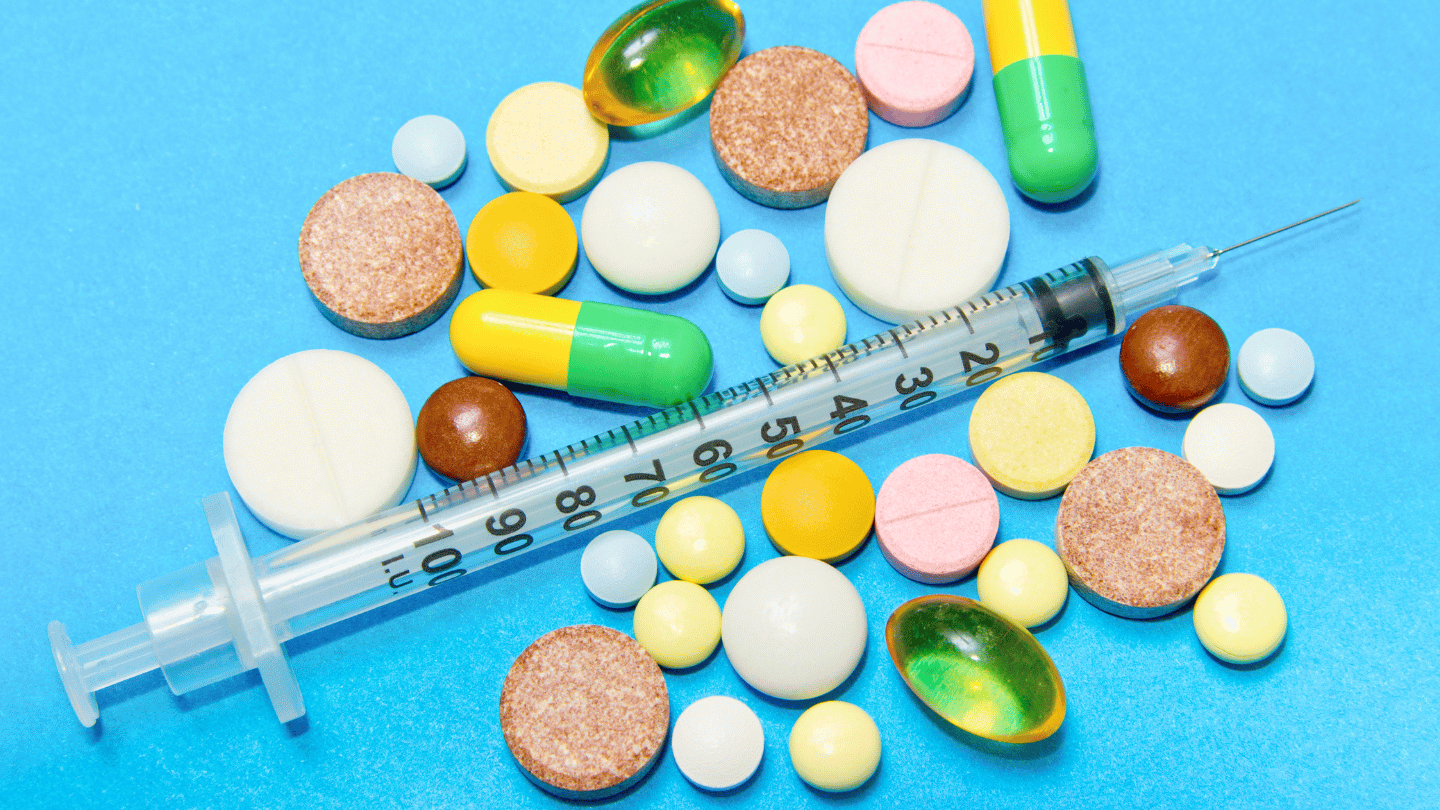Gout is a type of arthritis, or joint inflammation, caused by uric acid crystals in the joints. Uric acid reaches the bloodstream when purine, a molecule found in certain foods and body cells, is broken down by the liver. The kidneys normally eliminate uric acid through the urine. When the kidneys cannot eliminate enough uric acid, blood levels become too high, and uric acid accumulates in the joints, forming crystals and causing pain.
Signs and Symptoms of Gout
- Pain most commonly occurs in the big toe, but any joint can be affected. Other joints frequently affected are the ankles, knees, elbows, wrists, and fingers, usually reaching its peak in 4 to 12 hours.
- Further, more moderate pain can last a few days to a few weeks after the acute attack.
- Swelling, redness, and tenderness of the affected joint.
- Limited movement as gout progresses.
Prevention: Lifestyle Changes
- Normalize weight: Losing weight helps put less strain on joints.
- Eliminate high-purine foods:
- Shellfish
- Anchovies, sardines, tuna
- Organ meats
- Asparagus, spinach
- Beer, distilled liquors
- Cut down on:
- High-fat poultry
- Red meat
- High-fat dairy products
- Eliminate high-sugar foods that help raise purine levels:
- Honey
- Brown sugar
- Palm sugar
- Refined sugar
- High fructose corn syrup
- Fruit juices
- Eat a healthy diet:
- Whole fruits, including cherries
- Vegetables
- Whole grains
- Low-fat dairy and lentils
- Drink plenty of water to stay hydrated
Medications for Prevention
- Xanthine oxidase inhibitors work by lowering uric acid production. These are taken as prophylaxis between flares but are not used to treat an acute flare.
- Aloprim, Lopurin, Zyloprim (allopurinol): This drug is taken orally at a dosage of 200 to 300 mg daily, bringing the blood level to 6 mg/dL.
- Uloric (febuxostat): The dosage is 40 or 80 mg taken orally each day.
- Probalan (probenecid) Works by increasing the amount of uric acid released into the urine by the kidneys. It is taken orally as two, three, or four 500 mg tablets per day.
Treatment of an Acute Gout Flare
- Anti-inflammatory pain medications (NSAIDs) work by treating the inflammation in the joint caused by the crystals. It is important not to combine these three medications but rather choose one:
- Indomethacin: The most commonly prescribed NSAID for gout flares.
- Naproxen: Dosage is 250-500 mg taken twice a day.
- Ibuprofen: Dosage is 400-600 mg taken every 6 hours.
- Colchicine is used if there is a health reason not to take NSAIDs.
- Tylenol (Acetaminophen) is an over-the-counter non-narcotic pain medication that can be used in gout flares and can be combined with NSAIDs.
Did you know? QuickMD can help you prevent gout episodes from the convenience of your home and provide you with a prescription for allopurinol online (or either of the other anti-gout drugs).

